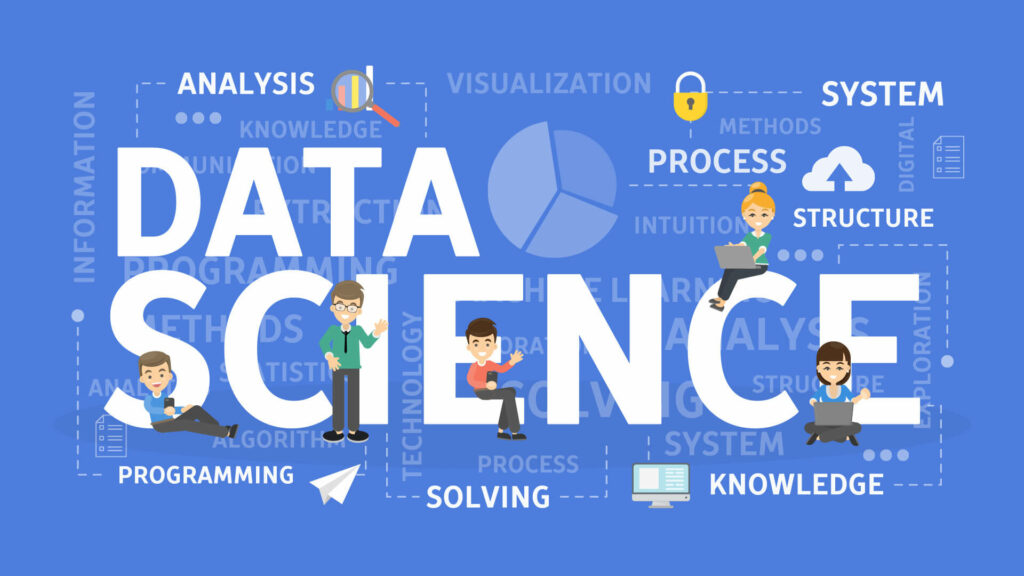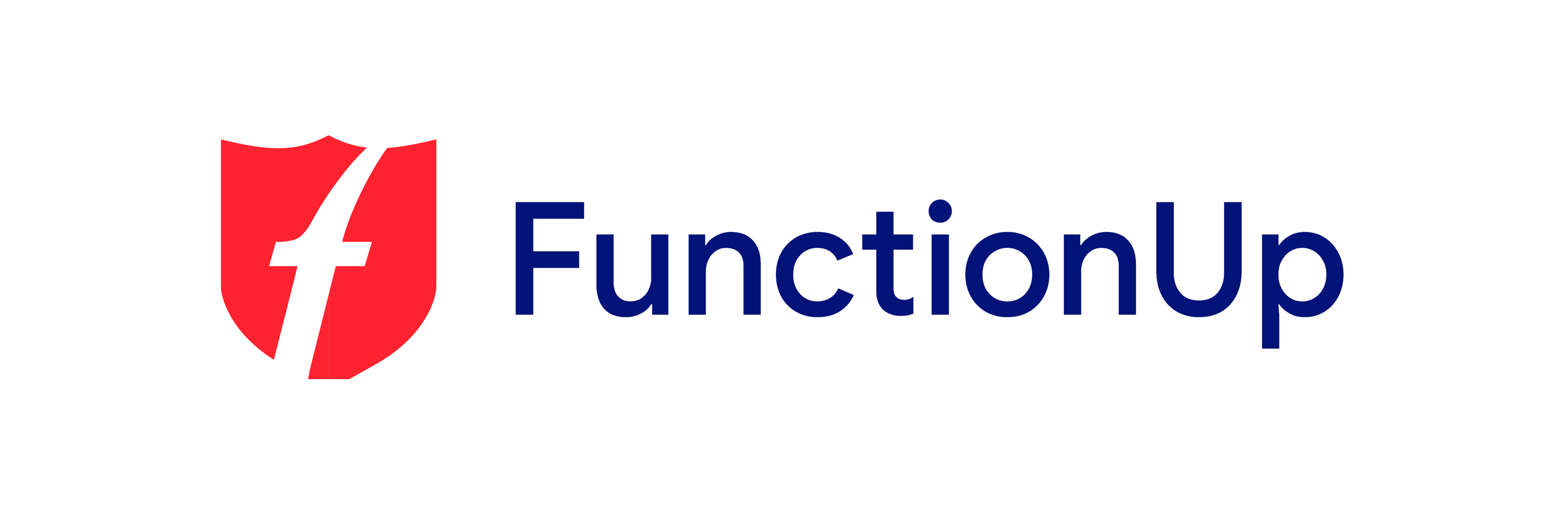
“Big data Analytics” is an expression invented to describe databases that are so massive that conventional data processing software cannot handle them. For example, large data can be utilized to discern economic patterns and trends. These patterns and trends determine the events that will occur in the coming years. The huge amounts of data will require more advanced computers for processing. They are best managed by data processing frameworks.
Below are the best-loved systems for data processing frameworks that can be used to satisfy a range of requirements of companies.
What Are Big Data Processing Frameworks?
Big data frameworks are data processing frameworks / devices which simplify processing large amounts of data. They’re designed to process large amounts of data quickly, efficiently, and securely. Frameworks that deal with big data are typically free; that is to say, they’re usually free and can buy help if required.
Data Processing Frameworks can help you organize your business. The principal purpose of Data Processing Frameworks is to offer companies an organizational structure that allows them to take advantage of the possibilities that come with Big Data. Big Data demands structure and abilities, as well as skilled employees and the latest technologies to ensure prosperity over the long term.
Big Data processing Framework was created because many companies struggle to implement an effective Big Data practice into their operations, even though the advantages and scenarios of big data are evident. It is a Big Data processing framework that allows businesses to consider the entire organizational capability required for successful Big Data practice, from the creation of the Big Data strategy to the technology and the skills that the company requires.
- Hadoop
The free batch data processing framework for open source can be employed to distribute, store, and process large datasets. Hadoop depends on computers and computer modules designed based on the notion that hardware failure is inevitable and that the data processing framework will take care of those failings.
There are four major modules in Hadoop. Hadoop Common houses the software and tools required for other Hadoop modules. The Hadoop Distributed File System (HDFS) is the file system used to store the information. Hadoop YARN (Yet Another Resource Negotiator) is the management system that manages the computing resources of clusters and the application scheduling for users. MapReduce in Hadoop MapReduce involves the implementation of the MapReduce program model to facilitate big-scale data processing.
Hadoop is a software that splits data into chunks of data and distributes those files across cluster nodes. It transfers software to the nodes to process data in an in-line. Data locality is the concept behind Hadoop, which means that the jobs are executed at the same time on the data storage node, which stores the data, and allows the data to be processed more rapidly and efficiently. Hadoop is a tool that can be utilized inside a traditional data centre or by using the cloud.
- Apache Spark
Apache Spark can be described as a data processing framework that can perform stream processing, making it a hybrid framework. Spark is notably simple to work with and straightforward to develop applications in Java, Scala, Python, and R. This free cluster-computing data processing framework is a great choice for machine learning. Still, it will require a cluster administrator and a distributed storage platform. Spark can run on one machine having one executor for each CPU core. It can be utilized as a stand-alone data processing framework, and you could utilize it with Hadoop and Apache Mesos, making it a good fit for almost every business.
Spark is based on the data structure called the Resilient Distributed Dataset (RDD). This is a read-only, multiset of data objects spread across the entire cluster of devices. RDDs function as the work sets for distributed applications providing a limited form of distributed shared memory. Spark can connect to databases like HDFS, Cassandra, and HBase, as well as S3, to provide shared storage. It also supports the pseudo-distributed local model, which can be used to develop or test.
The base for Spark, The core of Spark is Spark Core, which is based on an RDD-based functional approach to programming. It can be used to assign and schedule jobs and manage the basic I/O functions. Two forms of restricted shared variables are utilized broadcast variables, which are read-only variables that need to be accessible for every node and accumulators, which are used for programme reductions. The other elements in Spark Core are:
- Spark SQL provides a domain-specific language that can be used to manipulate DataFrames.
- Spark Streaming transforms the data as mini-batches to perform RDD transformations, enables the same codes designed for batch analytics, and can be utilized to perform streaming analytics.
- SparkMLlib is a machine-learning software that makes large-scale machine-learning pipelines more efficient.
- GraphX is an open graph processing framework that sits on the base of Apache Spark.
- Apache Storm
Another open-source data processing framework which provides live streaming that is distributed in real-time. The Storm program is developed in Clojure and is compatible with every programming language. The program is designed to function as a topology with a Directed Acyclic Graph (DAG) form. Spouts and bolts function as the graph’s vertices. The concept of Storm is to identify smaller, distinct operations and the subsequent assemblage of those operations into an overall topology that is a pipeline used to exchange information.
Within Storm, “streams” is defined as non-bounded data constantly arriving into the system. Sprouts are a data stream located near the edges of the topology. Bolts are the process aspect of applying a process on these data streams—the streams along the edges of the graph direct data from one node to another. The bolts and the sprouts are sources of information. They also allow the batch processing and distribution of data streaming at a real-time pace.
- Samza
Samza is a different open-source data processing framework which provides an all-time, synchronous framework to process distributed streams. Particularly, Samza handles immutable streams, which means that transformations generate new streams that different components can consume without impacting the original stream. Samza works with other frameworks by using Apache Kafka for messaging and Hadoop YARN to ensure security, fault tolerance and the management of resources.
Samza utilizes the language of Kafka to describe how streams are handled. The topic describes any data stream inserted into the Kafka system. Brokers are nodes which are merged to form a Kafka cluster. Producers are any part which writes to the Kafka topic. A consumer is a component that reads messages from the Kafka topic. Partitions can be used to separate the messages received to divide a topic between the various nodes.
- Flink
Flink can function as both an open-source data processing framework and stream processes. However, it is also able to control batch processes. It utilizes a high-throughput, low-latency streaming engine written in Java and Scala, and the pipelined runtime framework allows it to run stream and batch-processing applications. It also allows for the execution of algorithms that iterate natively. The Flink applications are robust and tolerant of exactly-once semantics. Programming can be done by using Java, Scala, Python and SQL. Flink provides support for state management and event-time processing.
The parts of the model for stream processing that is part of Flink include operators, streams sources, sinks and sources. Streams are non-bounded, immutable data streams that the model processes. Operators are functions employed on data streams to generate different streams. Sources are entry points for the streams to enter the Flink system. Sinks are the places where streams move through Flink. Sinks are where streams exit from the Flink system, whether into databases or through connections to a different system. The Flink batch processing system is only an expansion of the model for stream processing.
But Flink does not provide its storage platform, which means you’ll have to use it with other frameworks. This shouldn’t be an issue since Flink can work with other frameworks.
Data Processing Frameworks aren’t meant to be a universal solution for businesses. Hadoop was designed initially for huge scalability. Spark works better when it comes to stream processing and machine learning. Experienced IT consultants can assess your requirements and give you advice. The solutions that work for one company will not necessarily work for another. To achieve the most effective outcome, using different frameworks for various aspects of data processing is a good concept.
Conclusion
Thanks to storage and software technology, APIs with high-speed, parallel processing and open-source software stacks, big data is now a discipline that takes the concept of huge information sets and crunches them. The job of a data scientist at the moment is exciting. Within this Big Data ecosystem, greater tools are available than before; however, they are becoming more user-friendly, reliable and affordable. Ultimately, companies can gain more benefits from their data without investing more in infrastructure.
Are you looking for a career in Data Science?
FunctionUp’s Data Science online course is an integrated program in AI and data science which will prepare you for exciting career opportunities in data science. Master the field of data science and work with core technology frameworks for analyzing big data.
FunctionUp’s data science program is exhaustive and a door to take a big leap in mastering data science. The skills and learning by working on multiple real-time projects will simulate and examine your knowledge and will set your way ahead.
Are you interested in FunctionUp? Learn more about our online courses, or if you’re ready to apply, start your application now.
Do you know about the 7 Entry Level Skills that can help you to start your career in Data Science? Read out here
